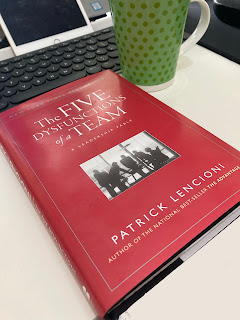More useful AutoHotKey commands!
I figure I'd just share stuff as found myself needing to automate more of my life. This might also give you some behind-the-scenes insight in what I'm doing. Or it might not. Previous article in this series: AutoHotKey is neat ... Dates! I write a lot of notes with dates attached to them. With a simple .date , AHK writes the current date in my local date format in whatever I'm editing, e.g. 30/09/2021 : ::.date:: Today := A_Now FormatTime, Today, %Today%, ShortDate SendInput %Today% return To prepare for future meetings, I use .t for tomorrow, or .2 for the day after tomorrow. ::.t:: Tomorrow := A_Now Tomorrow += 1, days FormatTime, Tomorrow, %Tomorrow%, ShortDate SendInput %Tomorrow% return ::.2:: DayAfterTomorrow := A_Now DayAfterTomorrow += 2, days FormatTime, DayAfterTomorrow, %DayAfterTomorrow%, ShortDate SendInput %DayAfterTomorrow% return Window management! Windows already comes with great windows management; I use the following built-in actions on a daily basis (







